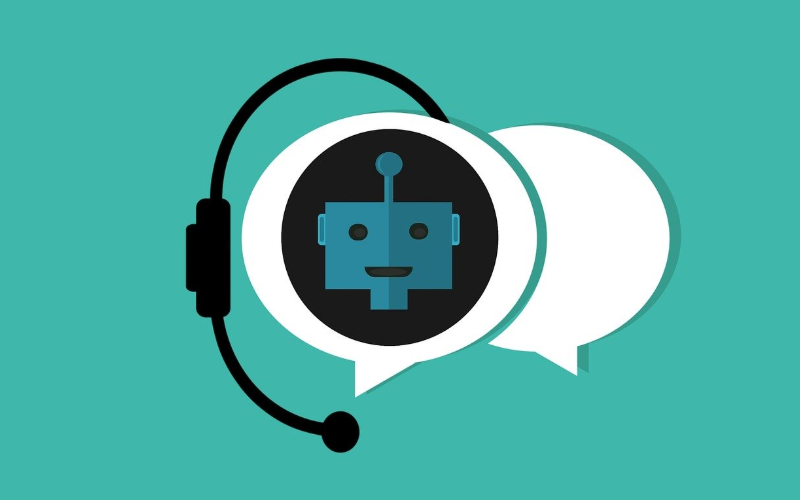For many customer support teams, volume has skyrocketed over the past few weeks, making it harder to answer questions at scale. And though automation has always been an incredibly useful tool for support teams prior to this year, COVID-19 has made it an almost mandatory solution for teams to get back on top of demand. A recent study even found that support teams who use automation are 41% more likely to hit their goals.
Automation is a great way to ensure that your customers get answers quickly and seamlessly. And it also takes the burden off of support teams who need to spend precious resources on resolving complex issues, especially now, as COVID-19 has re-written the narrative for so many businesses across the globe.
Since automation is key to supporting both your team and your customers, here are a few tips on how you can use it to manage requests.
What automated customer service looks like now
One very popular form of automated support is the use of chatbots. Chatbots can answer simple questions like, “how do I change my password,” send a link to a helpful resource like an FAQ page or help center, or triage customer issues to the right team.
And now during COVID-19, automation can alleviate your team from taking the time to answer those more simple requests so they can focus on the escalations that require extra attention. But automated support can feel impersonal. So how do you balance fast, automated answers with a personal, supportive touch?
How teams can implement chatbots in a way that still feels personal
Before you start using automation as a key pillar in your customer support strategy, your support team as a whole needs to decide what you’re going to focus on first: your coverage rate, the percent of conversations that automation attempts to help in, or your resolution rate, the percent of covered conversations that resolve the customer’s issue without needing a human.
A focus on coverage rate will use automation to attempt to help a customer regardless of how confident it is that the attempt will be successful. This maintains a personal touch by acting quickly regardless of how complicated a question might be.
This strategy is effective for support teams that deal with a lot of simple or transactional questions, as automation has a better chance of helping the customer. As expected though, this strategy might not be the best place to focus your initial attention if your support team deals with a wide range of unique questions that don’t follow a standard playbook.
If a high resolution rate is your goal, customers may need to wait a little longer on average to get their answers, but when automation does step in, customers can be sure that it will be tailored and targeted to them.
Using automation as part of a resolution rate strategy involves processes like contextual customer routing. Essentially, when a customer asks a question, you’ll use automation to qualify the type of question based on the words used, and route it to the proper team member for help.
Automation won’t be involved in as many customer conversations, but the personal touch of getting that customer to the right team the first time around will save both your customer – and your team – the headache.
Choosing a direction is just the first step, as coverage and resolution rates are not mutually exclusive – the ideal situation is automation that effectively impacts a large number of customer interactions.
And with every conversation, it’s important that the bot checks to see if the customer got what they needed. If not, the bot should offer the customer the opportunity to talk to a human. Always offering that access is the best way to keep things personal, especially during COVID-19 when both volume and wait times are high.
The benefits of automated support
Automation can lessen the load of conversation volume for support teams. With bots to suggest relevant help center articles, direct customers to FAQ pages, or even go back and forth with a customer to answer simple questions, you can significantly cut down on the number of queries your team needs to respond to in a day.
That leads to increased efficiency, more time to tackle the pressing concerns, and faster resolutions for your customers. You’ll be able to answer more questions and allow your customers to help themselves without even getting a member of your team involved, which will be extremely helpful in light of COVID-19.
To implement personalised automation at scale, you could consider a dedicated headcount of people whose sole focus is on automation. At Intercom, my team is thinking about this day in and day out. And it’s helped us use automation to make sure our customers get the help they need.


